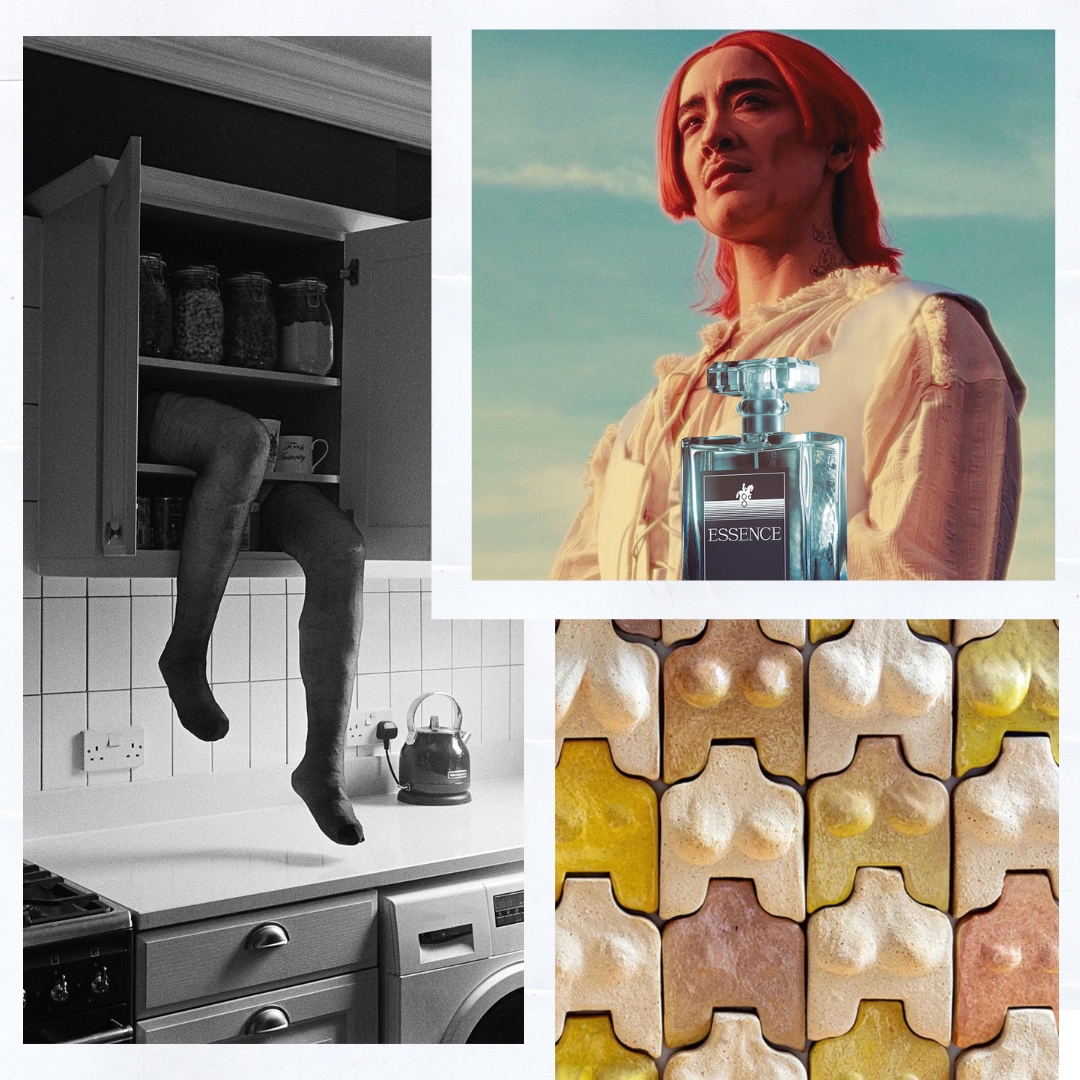
The UK’s biggest public exhibition, The Gallery explores key issues of the day and sees works by international artists displayed on thousands of digital screens and billboards across the four nations. Its latest edition presents 11 bold responses to the theme A Real Woman - addressing potent and contested ideas, such as gender identity, health disparity, the domestic realm, and feminism. The Gallery’s curator Bakul Patki talks to Marie Claire, sharing insights about the project and the works featured.
Now in its fourth season, The Gallery is a new kind of cultural institution without walls - conceived by leading UK arts producer Artichoke and public artist Martin Firrell, to challenge traditional ways of viewing art, and as a way of bringing it to people in the places they live, work and play.
Each edition of The Gallery is intended to ignite meaningful conversations around some of our time's most important questions and issues. Topical themes are chosen as a starting point to unwrap subjects that are significant to society today, and that can sometimes feel overwhelming to broach.
There is no simple definition of a woman and I hope the different perspectives presented by our artists will inspire viewers to consider the plurality of womanhood
For the latest season, we asked artists to respond to the theme A Real Woman. It was really important to all of us behind the project that this was not taken as a question that demanded some kind of definitive answer, but rather as a phrase that we hoped would inspire responses representing varied experiences.
There is no simple definition of a woman and I hope the different perspectives presented by our artists will inspire viewers to consider the plurality of womanhood – and thereby encourage empathy towards those whose lives are shaped differently from their own.
A real woman
/pəˈfɔːm(ə)ns/ (Performance) (2018), Aljohara Jeje
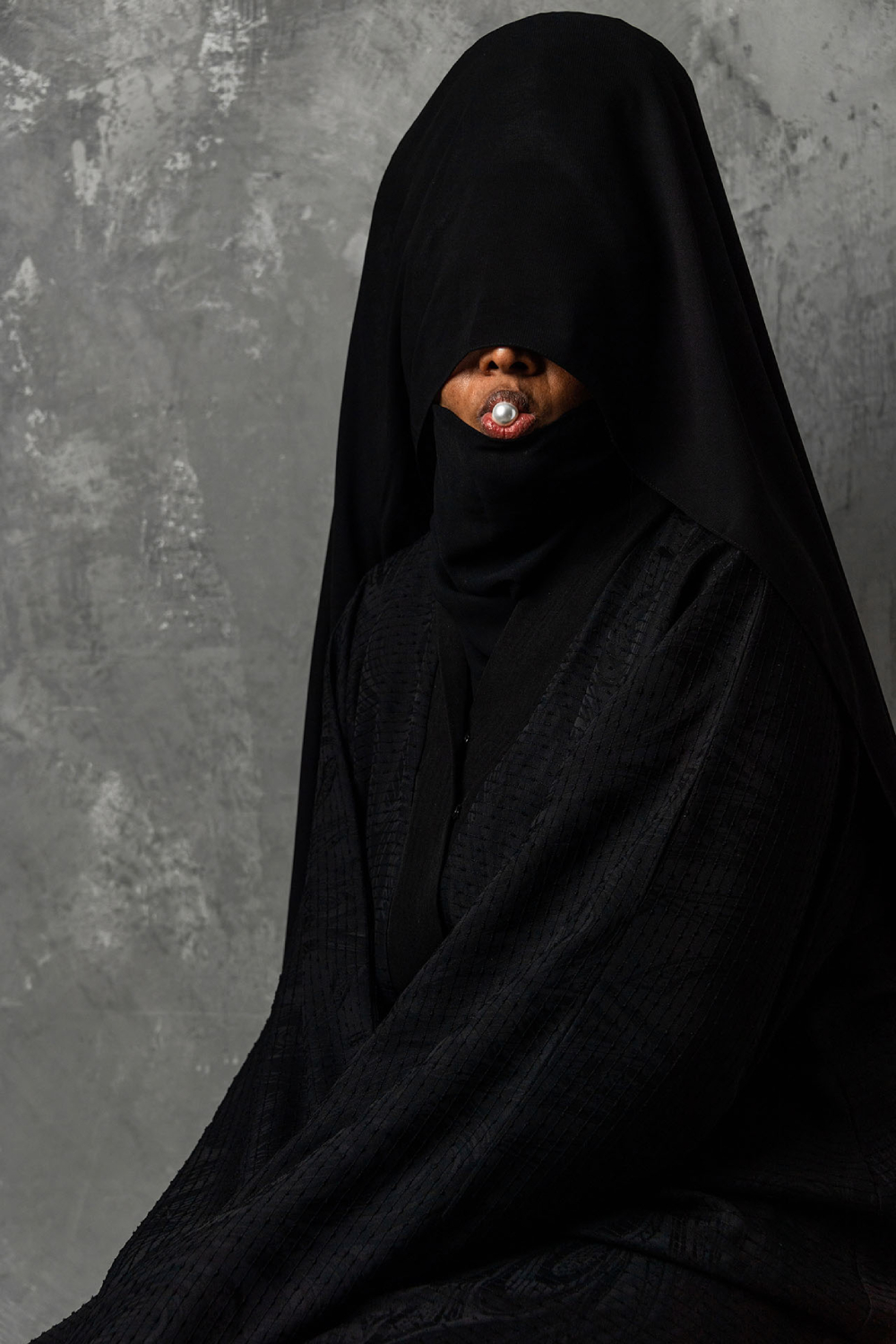
Inspired by the experience of a young neighbour, Aljohara’s series ‘pəˈfɔːm(ə)ns’ explores the practice of Female Genital Mutilation (FGM) and its impact on those who experience it. Portraying women veiled and with pearls in their mouths, she aims to throw a spotlight on those who are silenced by their community, unable to speak out, thereby forced to live a performance. Presented in its phonetic form, the title becomes unintelligible, reiterating a lack of control and sense of being stifled.
The pearl represents not only words, which equate to freedom, but also the clitoris, a part of the body that should open up a world of pleasure but can become a symbol of anguish and disenfranchisement. I was immediately blown away by this image, which is loaded with meaning and insight from an artist who has spent decades learning first-hand about the issue from women who have suffered the surgery.
The Queen of the House (Rainha do Lar) (2024), Cristiana Nogueira
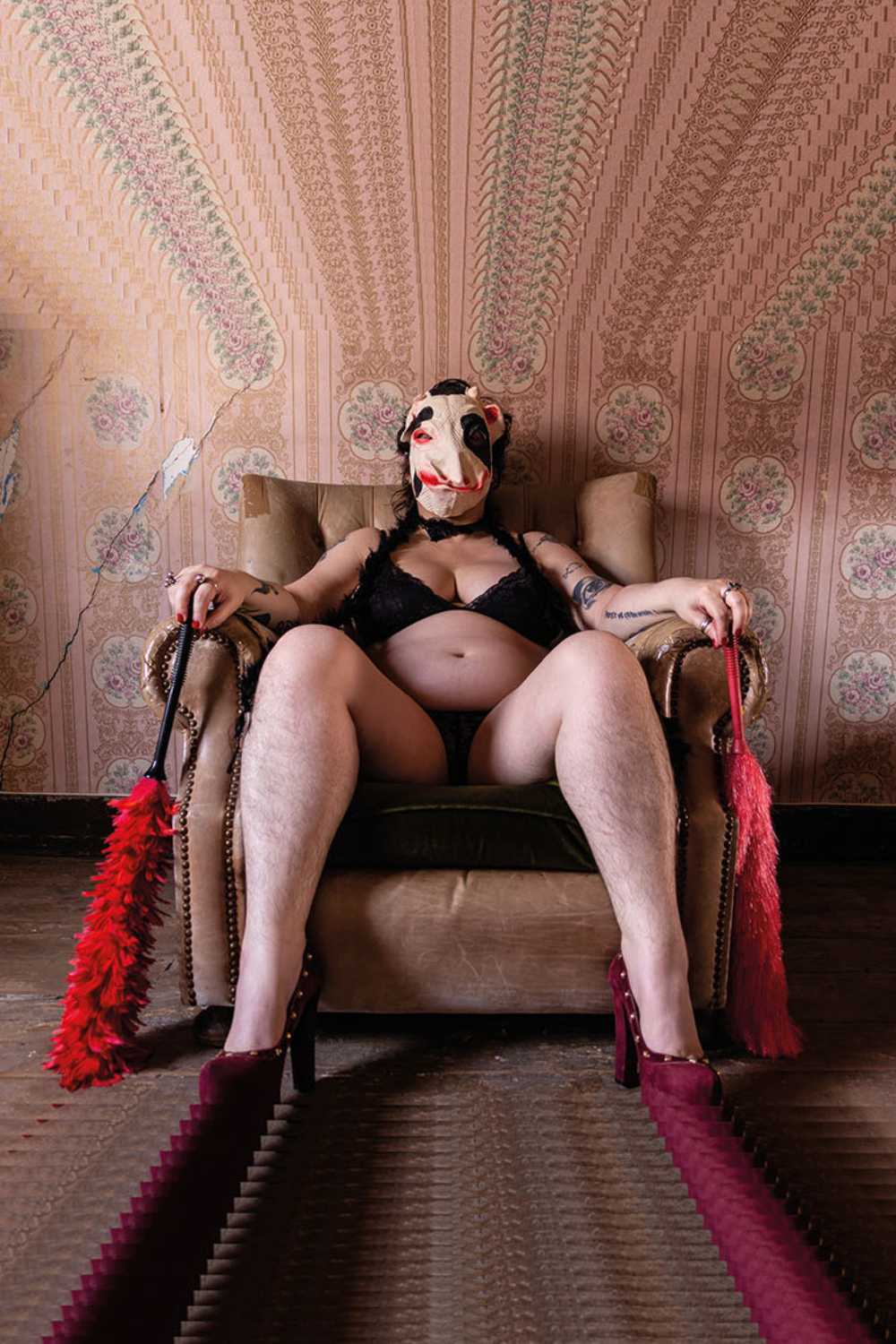
This self-portrait sees Cristiana confront the viewer to inspire discussion about the surge in domestic violence and femicide, both in Brazil, the country of her birth, and more broadly around the world. It explores the role that female stereotypes play in propagating the problem, and the way that deviating from norms can lead to physical abuse.
While seemingly conforming to these stereotypes, with predictable motifs, such as sexy lingerie, high heels and domestic objects, the image provokes and disrupts - presenting a ‘non-standard’ body, with hairy legs and a cow mask that can be read as a reference to the way women often feel treated as faceless ‘cattle’, simply there to procreate and suckle. I love how unapologetic this work is. By presenting herself so boldly in this way, Nogueira aims to challenge how women are represented in the media, and highlight the expectations placed upon them by a patriarchal society.
The Substitute (2017) by Dawn Woolley
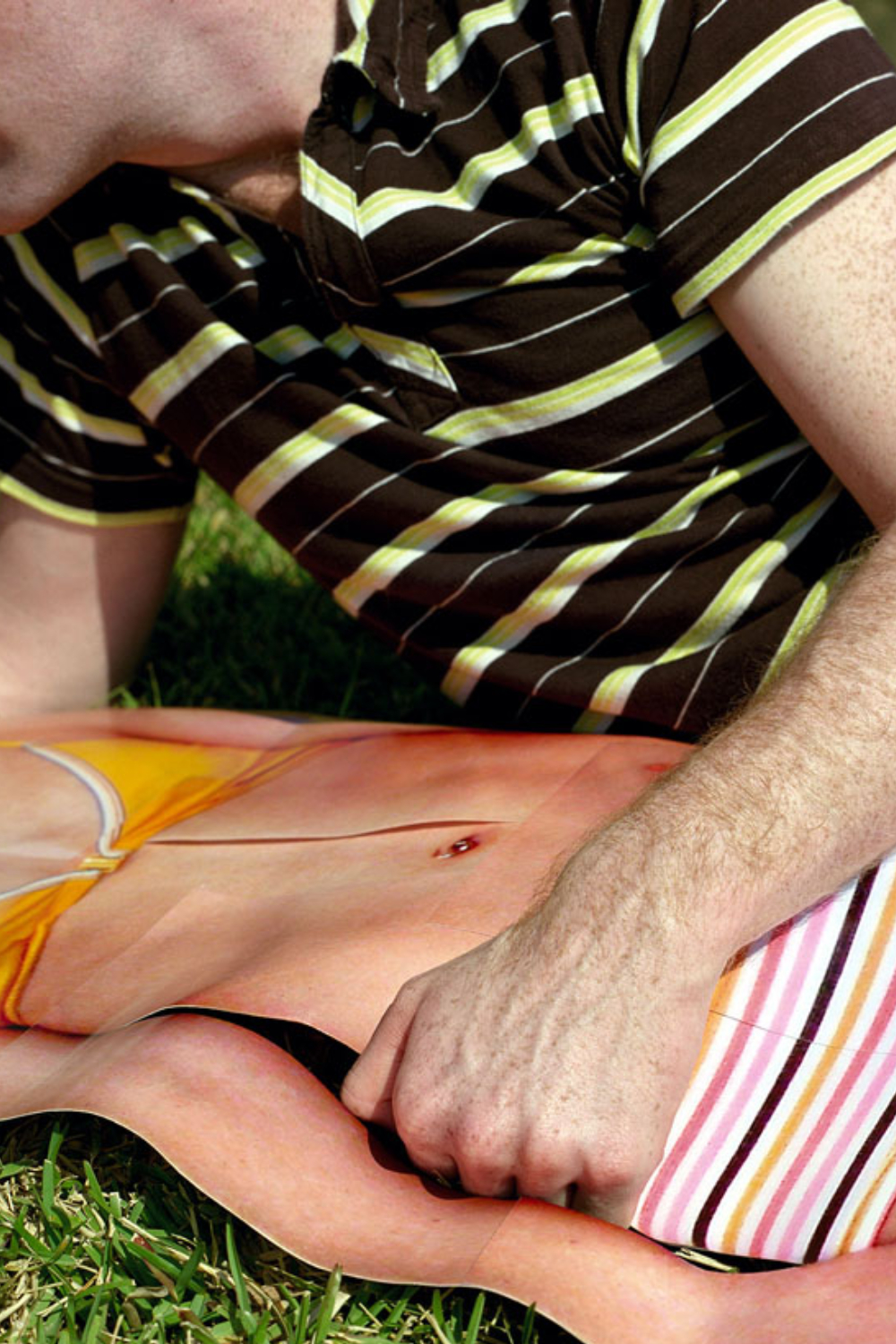
Dawn’s art and research explore the way women are objectified, in terms of gaze, with a particular interest in social media and advertising, and the control - or lack of - that they have over how they are viewed.
Replacing herself with a two-dimensional cut-out, head out of sight, Dawn is rendered absent from view and, metaphorically without voice. The visible face of the male figure, positioned above and holding her, represents an asymmetry in power. Given the subject matter, it’s been particularly interesting to see how the placement of this work on our very specific platform of advertising sites has impacted the way viewers connect with it.
Diversitile (2023) by Eri Maeda
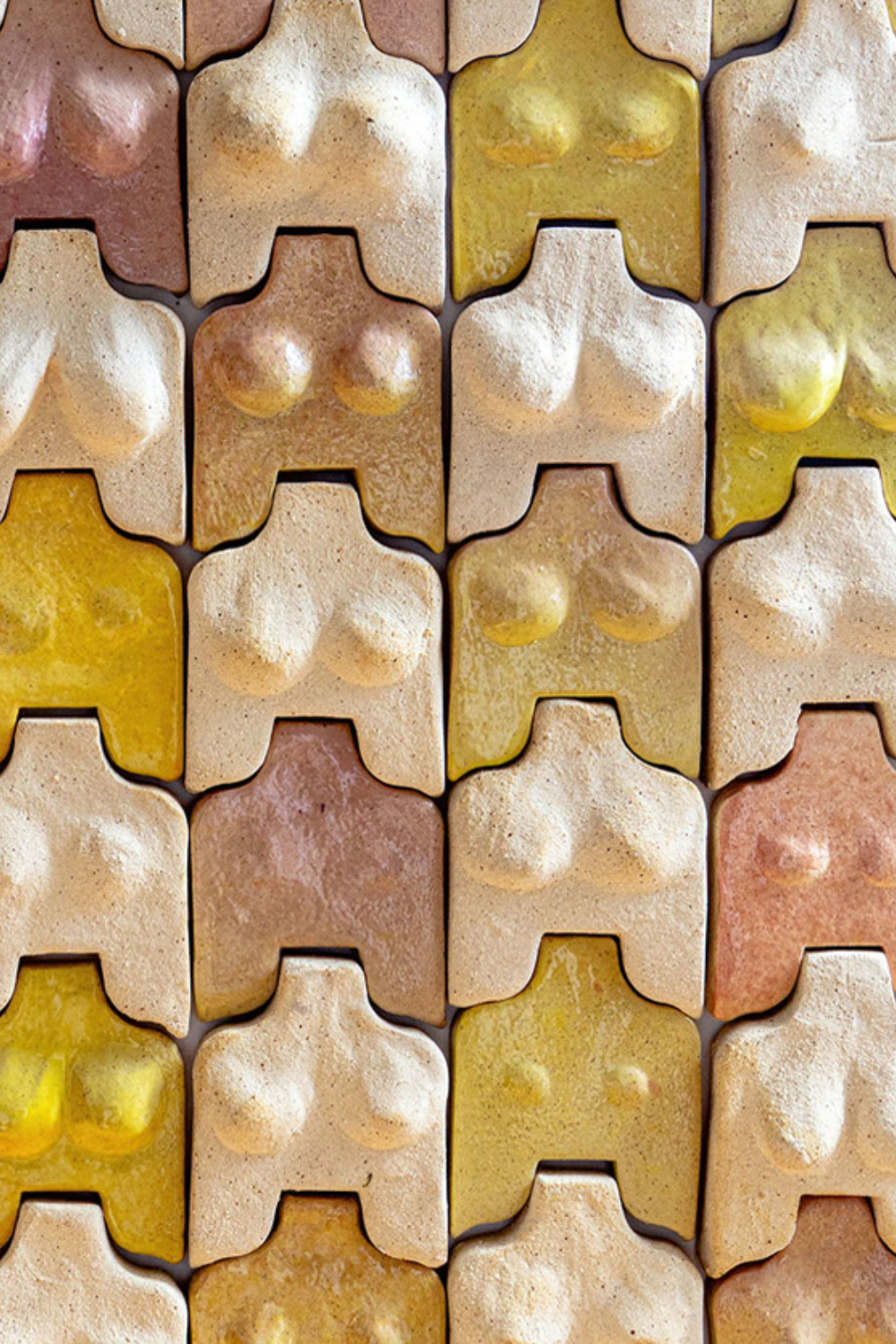
By presenting boobs of different shapes and sizes, some altered or removed, Eri cleverly plays with the idea of the perfect body, celebrates physical diversity and explores the breast’s position as a fundamental symbol of womanhood - whether for those who wish theirs were larger or smaller, for those who may have undergone mastectomies, for trans women who may desire them, for trans men for whom they may feel foreign. I love the way that, by representing different female forms as interconnected tiles, Eri also reminds us that we are part of a wider community, and stronger together.
Trojan (2022), Fanny Beckman
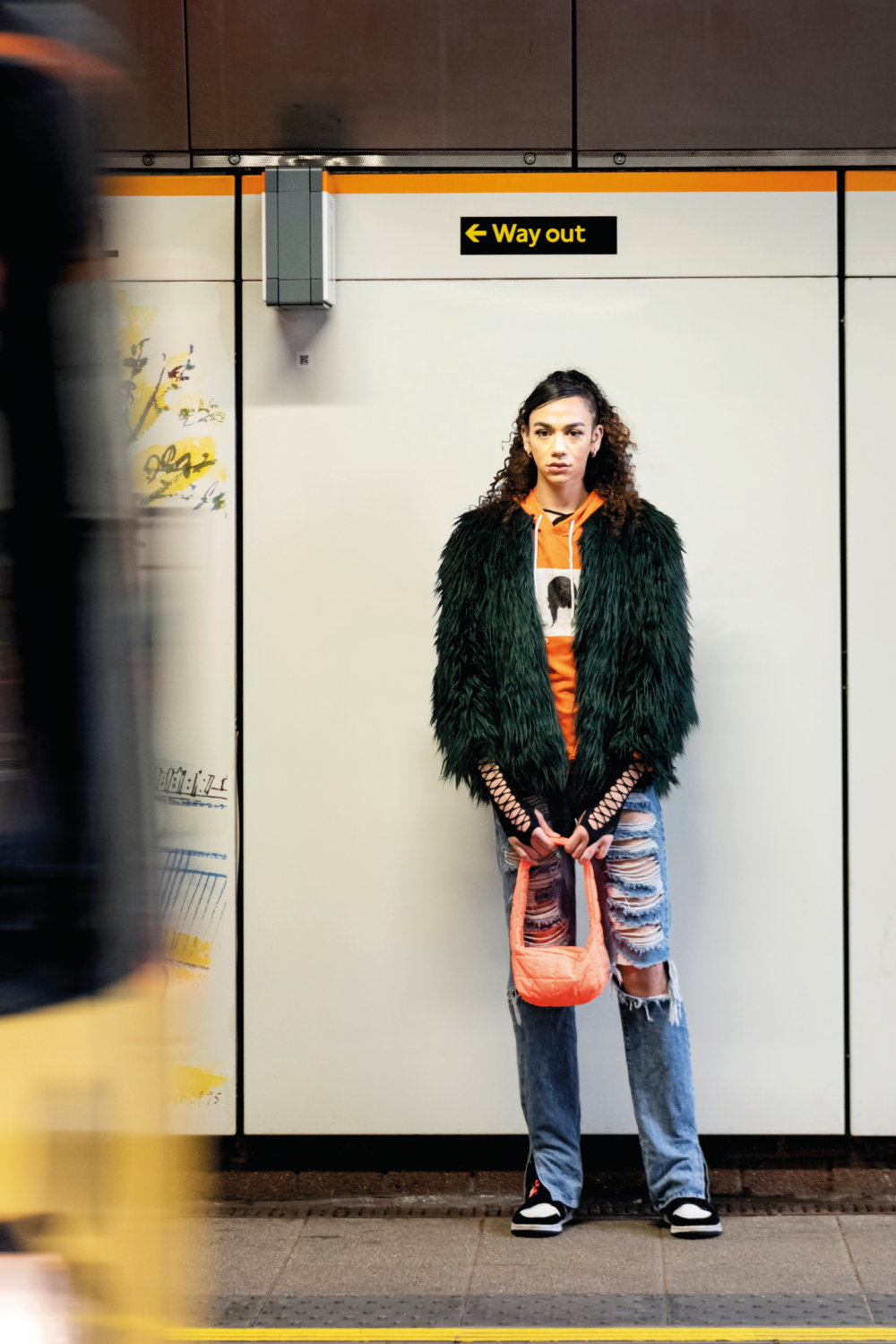
This work is part of Fanny’s ongoing project, Take Back the Streets - created in response to the tragic murder of Sarah Everard, and the many cases of harassment towards women and marginalised communities in public. Each image is made collaboratively, with those portrayed selecting locations that make them feel vulnerable or uncomfortable, as a means of reclaiming spaces that they have associated with fear.
In this photograph, Trojan, a young London-based trans woman, chose a train station – a place where she has experienced physical and verbal abuse numerous times, and where her womanhood has been questioned time and time again. Art can often be used to inspire activism. In this case, Fanny uses her photography as activism in itself - drawing attention to and protesting the disparity between genders when it comes to personal safety, whilst also allowing her subjects to rewrite their story.
The Kitchen Cupboard (2022), Frances Willoughby
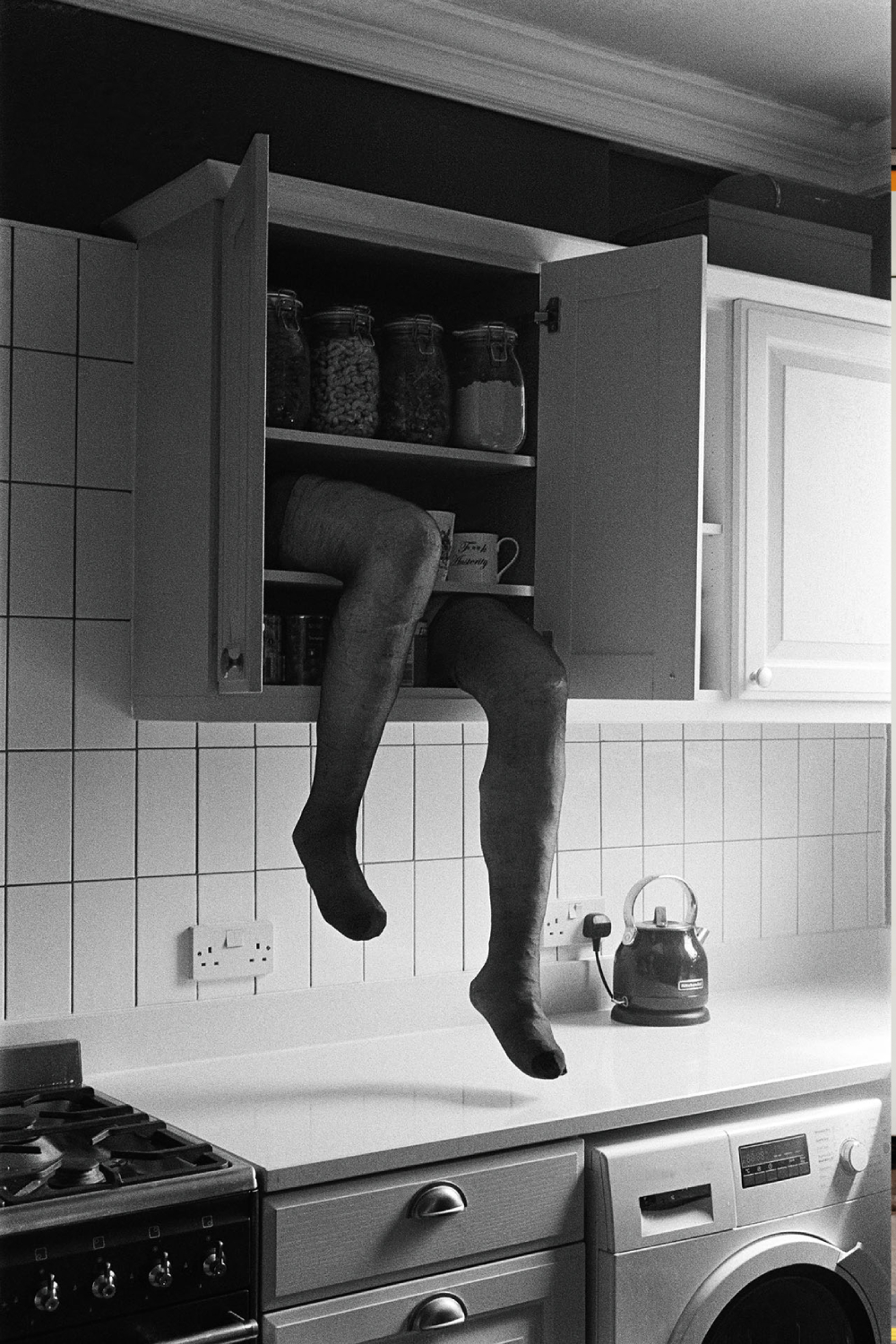
Frances’ sculptural installation takes inspiration from the feminist space established in 1972 by Judy Chicago and Miriam Schapiro, and captures the essence of how the home can be a symbol of confinement.
I love how Frances addresses a serious topic like gender inequality in the home with such playfulness - creating an uncanny, almost surreal, image that draws in and engages the viewer in a way that a less joyful piece might not. I also love how the image can be read not simply as showing a woman trapped in the domestic sphere, but one who is boldly high kicking her way out.
Five Years On, Self, 2014-2022 (2022), Georgie Wileman
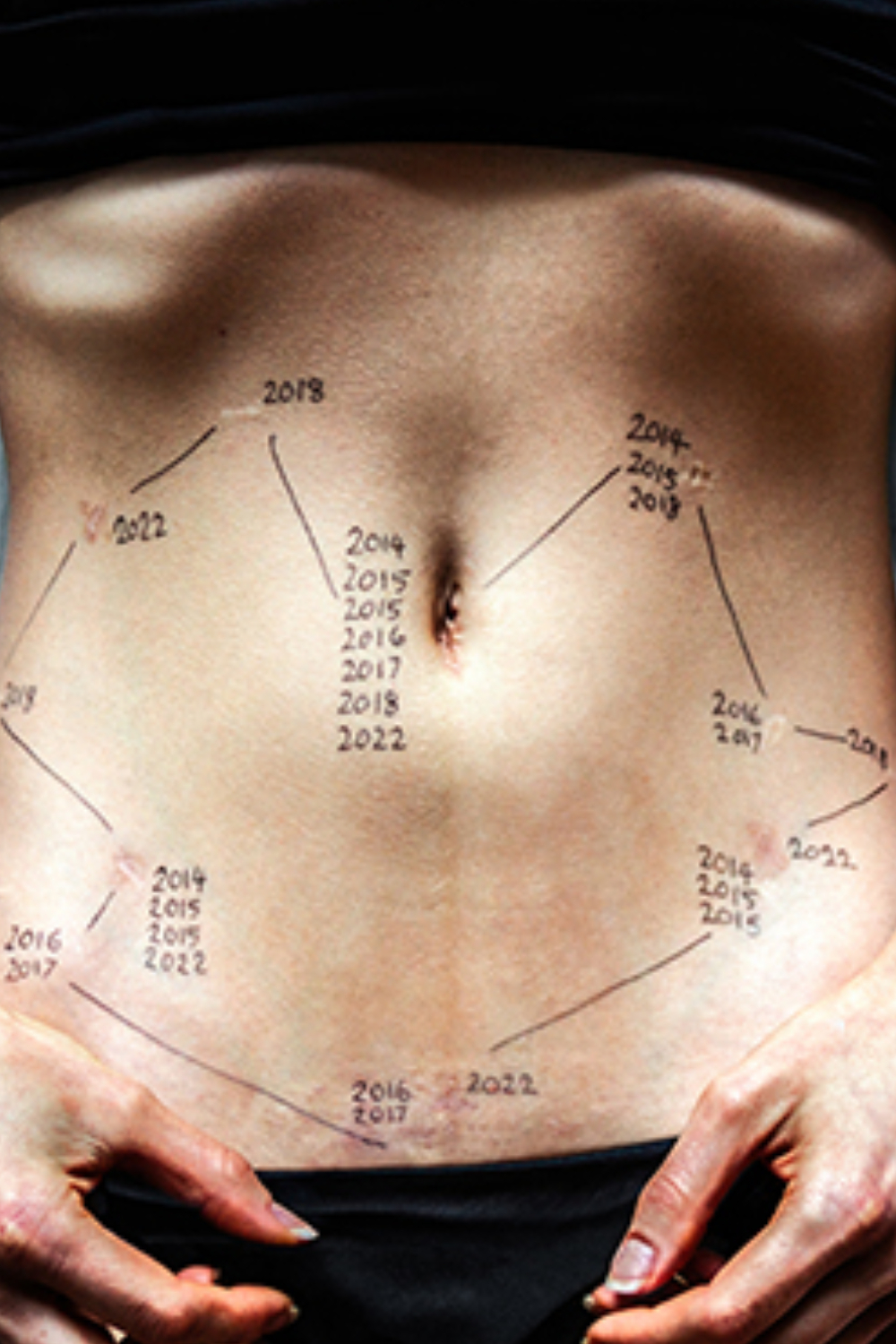
This self-portrait is one of the most affecting and effective I think I’ve ever seen. By candidly presenting her body as a map of her medical journey, Georgie powerfully conveys the physical impact of endometriosis - a disease that affects 1 in 10 people born with a uterus, regardless of race or gender identity - whilst also making us consider its psychological impact.
More broadly, it encourages us to reflect upon the relationship between our bodies and our identities. Over eight years, the artist went through surgery seven times and lost four organs, including her uterus to adenomyosis, a ‘sister disease’ of endometriosis. Laying bare her internal fears, she asks, “How many more organs would I lose before I’m no longer truly a woman?”
Push Me Pull You (2024), Joanna Hogg & Nick Turvey
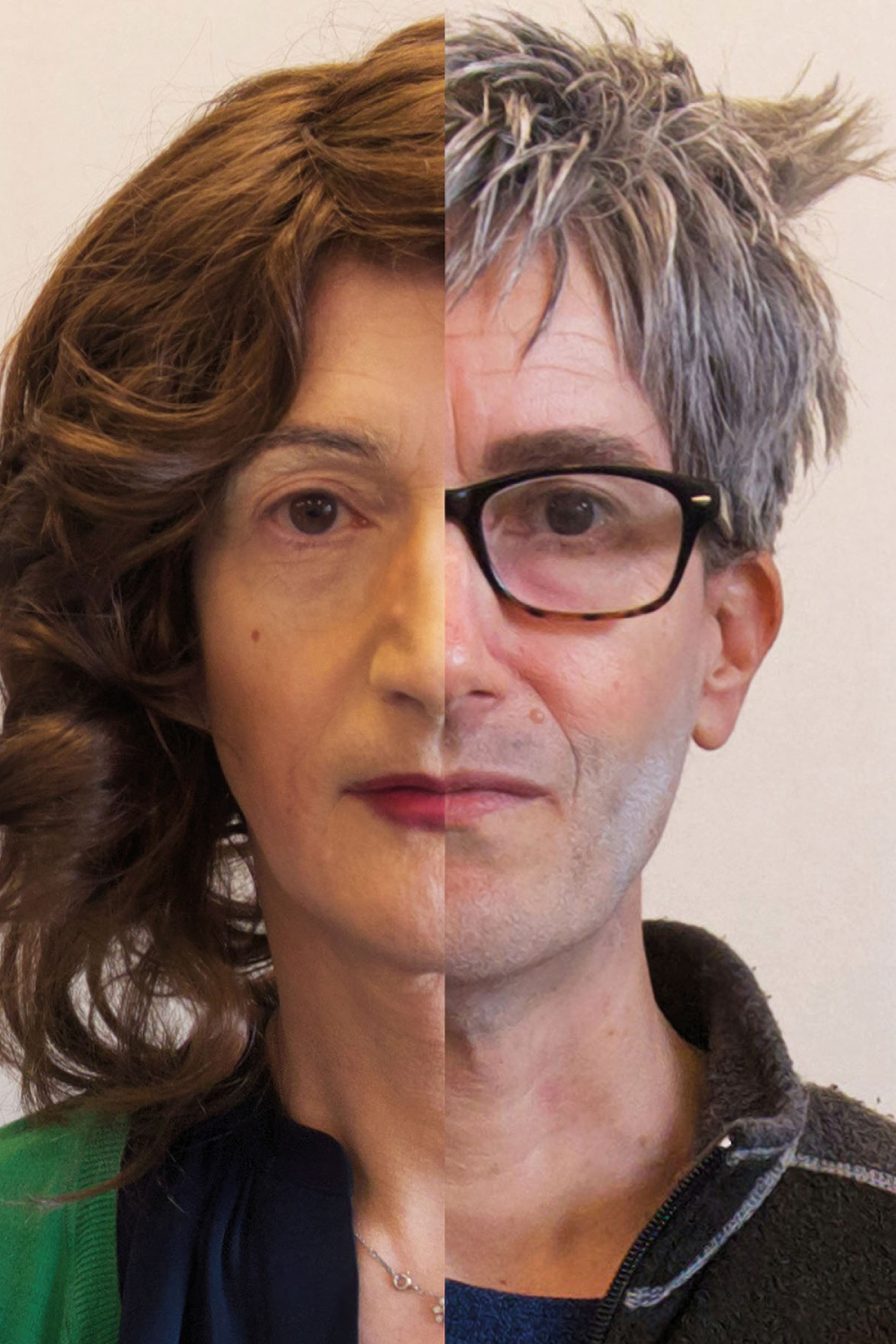
This work evolved out of a film installation originally created for Station to Station - Doug Aitken’s takeover of the Barbican Arts Centre. It was the first creative collaboration for life partners Joanna and Nick, and grew out of a series of conversations about how they might work together.
These exchanges, which inevitably addressed the divergence in their practices and personalities, became the basis of the artwork itself. Trying to learn how to listen better, and as a commitment to recognising the value in their differences, the pair switched roles - speaking each other’s words and physically transforming themselves to embody one another. The Gallery was founded to provide a platform through which art might inspire conversation. In this case, conversation has not only inspired, but indeed become, art. It perfectly illustrates why art is so crucial in enabling understanding - more of which is desperately needed in a world that’s becoming increasingly polarised, not least when it comes to matters of identity.
One Is Not Born, But Rather Becomes A Woman (2024), Rachael House
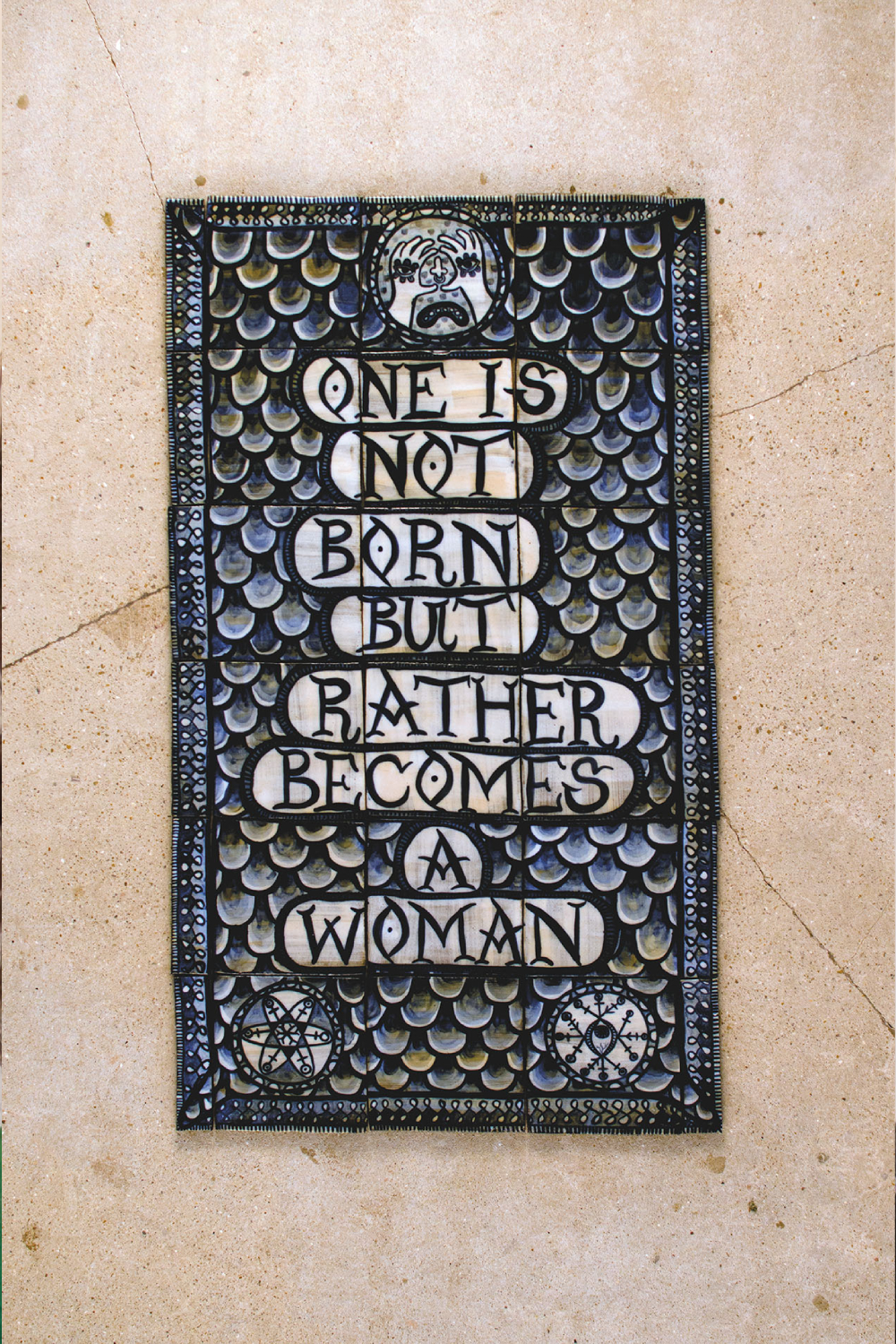
Rachael presents the words of existentialist philosopher and feminist Simone de Beauvoir in ceramic tile - a medium that has traditionally been associated with female artists. The quote is taken from De Beauvoir’s book The Second Sex, in which she proposes that social discrimination produces in women moral and intellectual effects so profound that they appear to be caused by nature.
These words, in the context of the nature versus nurture argument, are arguably even more resonant today, as culture wars rage about gender and identity, and even richer in meaning, as we consider the many ways one can ‘become’ a woman. The work questions what a real woman is, while not giving a definite answer and, as a result, has the power to inspire in the viewer a consideration of different experiences and perspectives.
The Fantasy (2022) by Raven Gough
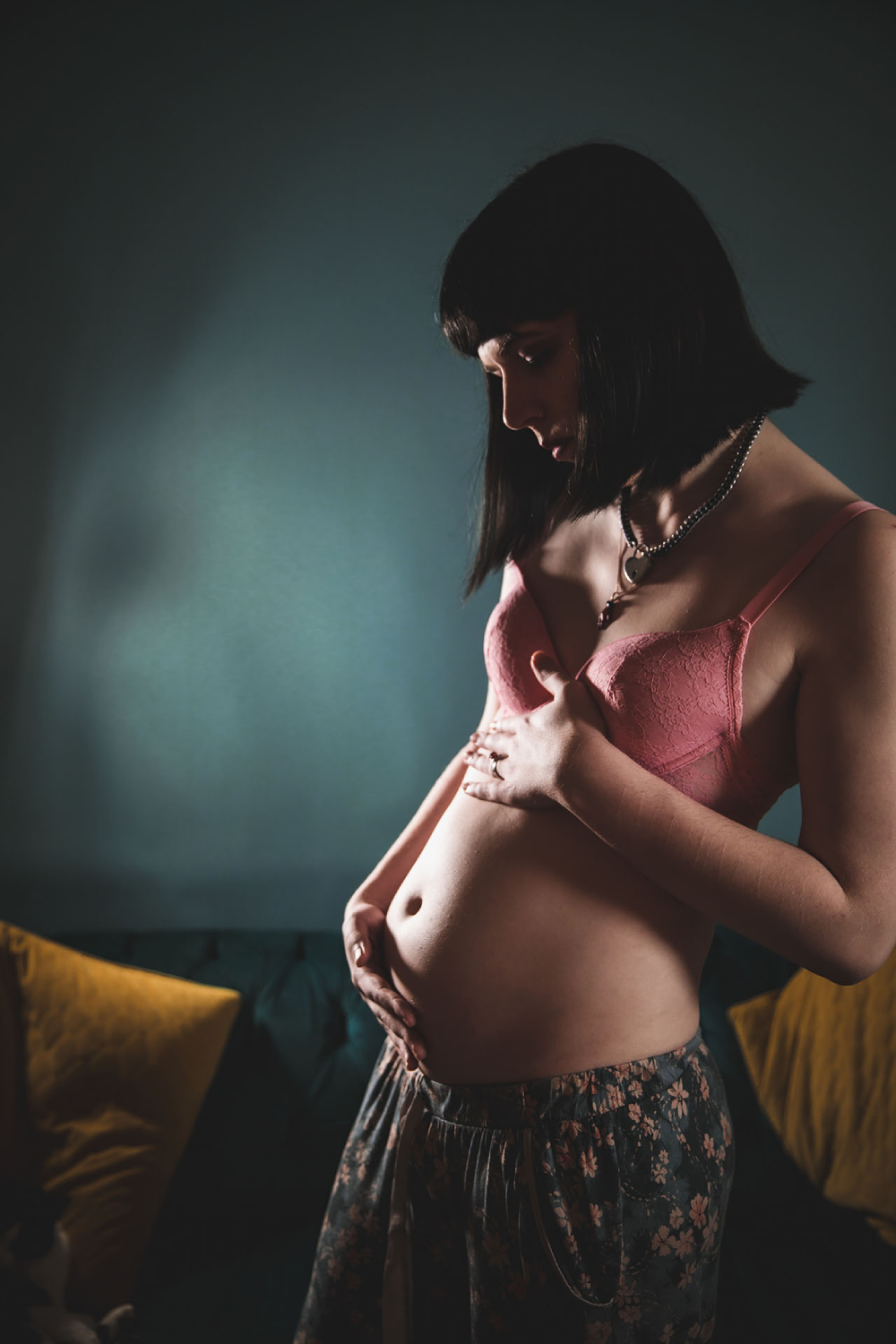
Gough uses photography to understand her identity as a transgender woman, independently and within the wider world. In The Fantasy, she throws a spotlight on the gender roles society projects onto individuals, in particular expectations of women in relation to motherhood.
The generously intimate self-portrait allows the viewer into a profoundly private moment that many women will recognise - belly puffed out, daydreaming about what it might be like to be pregnant. A fantasy that many women, whether trans or AFAB, may not be able to realise. Although the work speaks to Raven’s very specific experience, I know its relevance and resonance will be widespread.
Essence (2024) by Sin Wai Kin
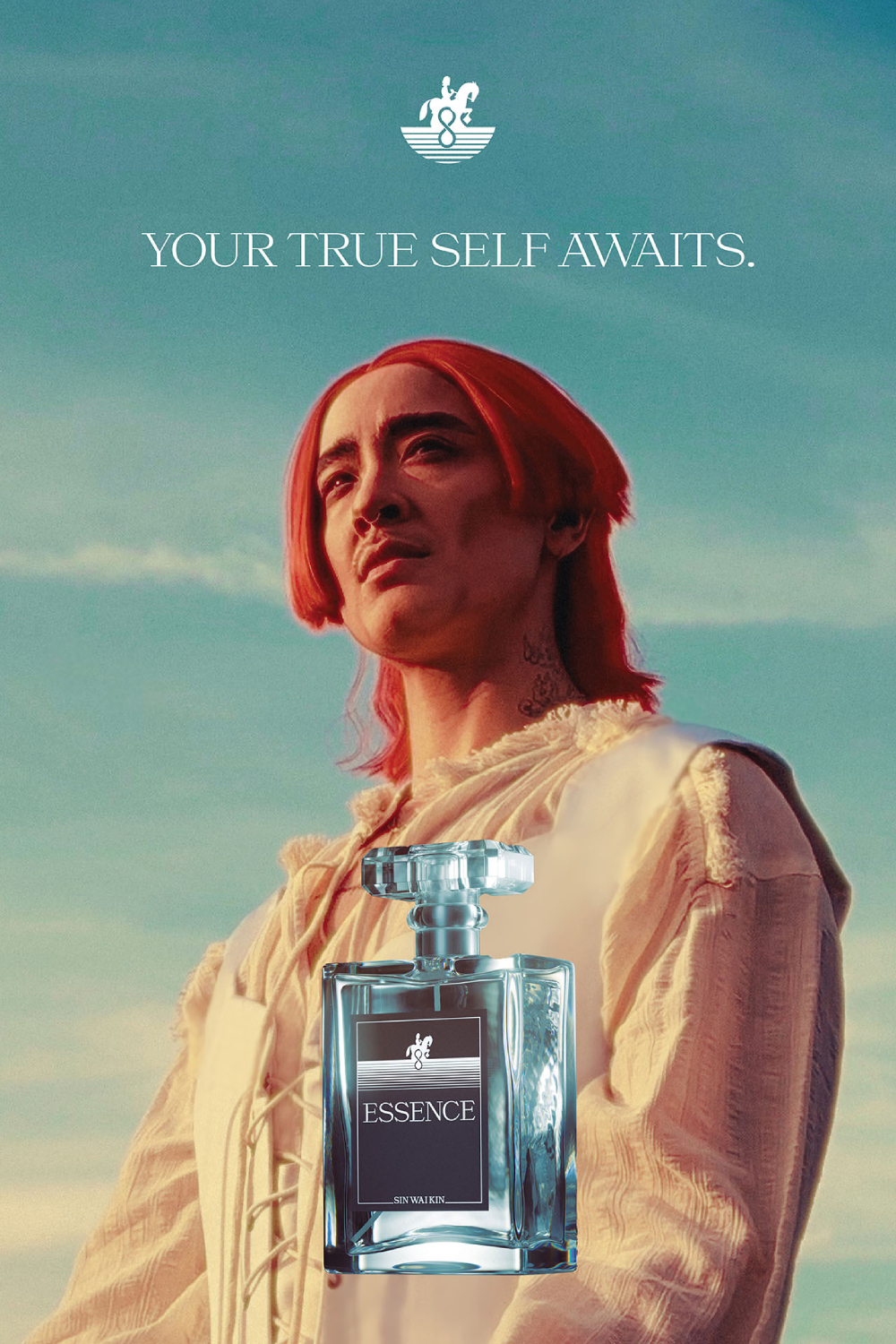
Sin Wai Kin brings fantasy to life through storytelling in moving image, performance, writing, and print. Their work realises alternate worlds to describe lived experiences of desire, identification and consciousness. Playing with The Gallery’s platform, ‘Essence’ is an advertisement for an imagined men’s cologne of the same name, featuring one of the artist’s characters, Wai King, as the brand ambassador.
Here, Wai King performs as a man on a journey in search of what is intrinsic to his nature. I’m particularly fascinated by the way this work uses the claim that you can ‘bottle’ masculinity, and therefore also femininity, to interrogate the idea of there being essential characteristics in the definition of gender identity. In the context of the theme ‘A Real Woman’, it encourages us to consider the plural experience in a world where we are increasingly asked to think in singular terms.
The Gallery Season 4 A Real Woman runs UK-wide until 12 August 2024, and exists as an expanding and evolving collection online. Find out more on The Gallery website.







